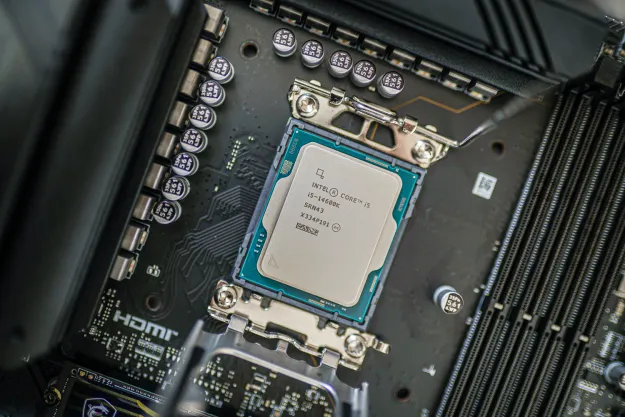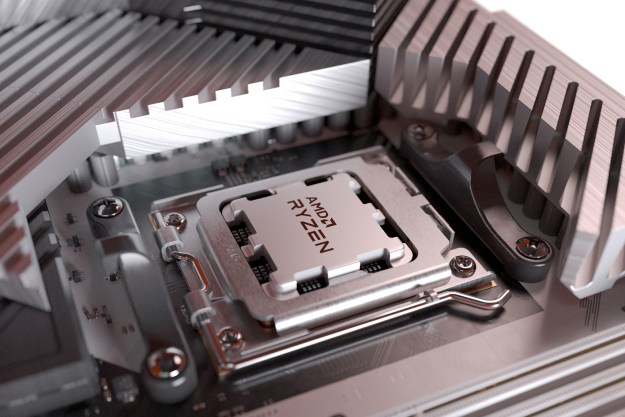
Both AMD and Nvidia have released their own synchronizing technologies in recent years, but Intel looks to be siding with the VESA DisplayPort 1.2a standard that underlies AMD’s tech, as one of its key personnel has stated in an interview that it plans to support adaptive sync technology.
While he didn’t explicitly name AMD or Nvidia in his chat with TechReport, chief graphics software architect at Intel, David Blythe did say that Intel was inclined to support the optional extension of the DisplayPort 1.2a specification. However, Blythe wouldn’t be drawn out on when that support would be implemented or with which products.
Related: Nvidia G-Sync or AMD FreeSync? Pick a side and stick with it
According to other unnamed sources, there are no immediate developments of Intel’s HD Graphics hardware to make it compatible with Adaptive Sync. This means that we will likely need to wait beyond Skylake to find any form of frame synching on variable refresh displays using Intel hardware only. However, perhaps in the future syncing frame rates will no longer require a dedicated GPU.
What will be worth watching is how the eventual support of an industry giant like Intel affects the landscape. As it stands, Nvidia’s GSync, while arguably the better of the technologies, is more expensive. AMD’s FreeSync doesn’t cost any extra to implement and has much less of an impact on frame rates.
Therefore, if Intel pushes for the unbranded solution, it will be interesting to see how well maintained and supported AMD and Nvidia’s alternative technology remains in the coming years.
Do any of you have FreeSync or GSync displays? Do you like the way the technology is implemented?
Editors' Recommendations
- 4 CPUs you should buy instead of the Intel Core i9-13900K
- I tested Intel’s XeSS against AMD FSR — and the results speak for themselves
- 4 CPUs you should buy instead of the AMD Ryzen 7 5800X3D
- Nice try, Intel, but AMD 3D V-Cache chips still win
- Intel just launched the ‘world’s fastest’ CPU




